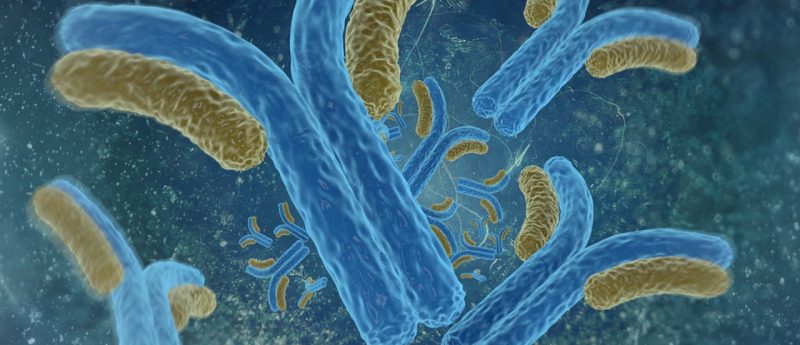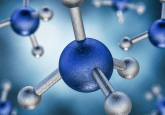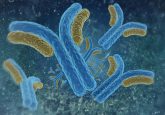2D NMR methodology for monoclonal antibody ‘fingerprint’

A team of National Institute of Standards and Technology (NIST; MD, USA) researchers at the Institute for Bioscience and Biotechnology Research (IBBR; MD, USA) have recently developed a precise 2D NMR method of ‘fingerprinting’ monoclonal antibodies (mAbs). The scientists behind the work believe that the new technique, published in Analytical Chemistry, may be able to aid manufacturers and regulators in their assessment of mAbs.
As a rapidly growing class of biotherapeutics, mAbs can be highly specific, with some designed to target cancer cells unique to an individual. However, misfolding of a mAb can lead to a loss of potency of the therapeutic and elicit unwanted immune or other off-target responses, which can have an impact on safety.
A robust and reliable method for precisely mapping the structure of mAbs is therefore needed to facilitate drug quality and safety assessments. In order to develop such a technique, the IBBR team decided to employ 2D NMR spectroscopy. NIST research chemist Robert Brinson commented on the application: “To date, it’s been assumed that 2D NMR could not be practically applied to monoclonal antibodies because it’s too insensitive, too time intensive and too expensive for analyzing anything other than much smaller drug molecules.”
The IBBR team addressed the feasibility of NMR-based mapping of mAb structures by using a high magnetic field strength NMR system to produce the first 2D NMR ‘map’ of a complete, drug-like mAb. The mAb chosen for the study was NISTmAb, an immunoglobulin G type 1 being developed by NIST as a reference material. The structural fingerprint was produced using signals from methyl groups.
“Methyl groups are dispersed throughout the mAb structure and, in particular, in the folded cores of the molecule that we want to evaluate,” explained Brinson. “We can use their signals to yield a specific spectral fingerprint that reflects the unique structure of the mAb.” The sample antibody was divided into two structural fragments in order to make the 2D NMR method more accessible to more common, lower-strength magnetic field instruments.
Brinson stated that he and his colleagues at the IBBR are now working on a statistical method that will allow comparison of 2D NMR fingerprints from multiple protein samples. The team hopes that this will enable manufacturers to better meet regulatory requirements for quality and performance.
Sources: Arbogast LW, Brinson RG, Marino JP. Mapping Monoclonal Antibody Structure by 2D 13C NMR at Natural Abundance. Anal. Chem. 87(7), 3556–3561 (2015); NIST Develops NMR ‘Fingerprinting’ for Monoclonal Antibodies.






